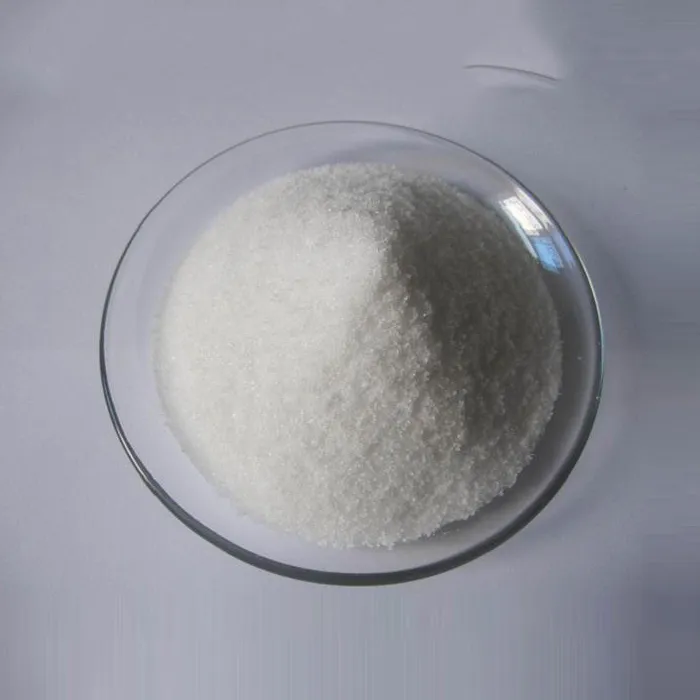what chemicals are used in water treatment
The treatment of water is a crucial process that affects millions worldwide, ensuring that the water consumed for various purposes is safe, clean, and apt for use. In water treatment, a sophisticated balance of chemicals is employed to achieve purification, each chemical serving a specific purpose. Understanding these chemicals not only highlights their functional applications but also helps demystify a process that is elemental to our health and well-being.
To start, coagulants and flocculants stand at the forefront of water treatment. Chemicals like aluminum sulfate (alum) and ferric chloride are primarily used as coagulants to destabilize and aggregate suspended particles, an integral first step in sedimentation. Flocculants, such as polyacrylamides, enhance this aggregation process, facilitating the formation of larger flocs which can be easily removed by filtration and sedimentation. This step is critical because it reduces turbidity and enhances the effectiveness of subsequent treatment processes.
Another vital category of chemicals used is disinfectants. These chemicals serve to eliminate pathogenic microorganisms that pose significant health risks. Chlorine is the most renowned disinfectant due to its potent bactericidal properties and its ability to maintain a residual effect throughout the distribution system. Chlorine dioxide and chloramines are also used as alternatives, minimizing the formation of harmful by-products like trihalomethanes. Ozone is another effective disinfectant, celebrated for its rapid action against viruses and bacteria, although it necessitates careful handling due to its oxidative strength.
To control pH levels in water, pH adjusters are used, with sodium hydroxide, sulfuric acid, and lime being prevalent choices. These chemicals ensure that the water’s pH is suitable for treatment processes and distribution, optimizing the effectiveness of other chemical treatments while preventing corrosion in pipes and infrastructure.what chemicals are used in water treatment
Corrosion inhibitors such as sodium silicate and phosphate compounds are also added to treat water, aligning with efforts to protect infrastructure. These chemicals form protective films on metal surfaces, thereby thwarting rust and degradation, especially in older piping systems. This not only ensures the longevity of the water distribution infrastructure but also safeguards water quality as it flows to consumers.
Sequestering agents like sodium hexametaphosphate play a crucial role in preventing undesirable reactions between dissolved minerals, calcium, and magnesium in hard water, thus reducing scale formation. These chemicals are essential in maintaining the clarity of treated water, especially in areas where water hardness is a chronic issue.
Finally, fluoride compounds are sometimes added to water supplies to promote dental health, providing a preventive healthcare measure that has been supported by extensive scientific research globally. While this practice is subject to ongoing debate, it illustrates the multifaceted objectives that chemical treatment in water systems aims to address, balancing immediate health benefits with long-term public health goals.
The discipline of water treatment is firmly grounded in science and safety. Professionals managing these systems undergo rigorous training and follow stringent guidelines to ensure that the use of these chemicals does not threaten consumer safety but instead enhances it. As research progresses and new technologies emerge, the methods and materials used in water treatment continue to evolve, reflecting an ever-increasing commitment to safeguarding public health and preserving one of our most vital natural resources.
More product recommendations



